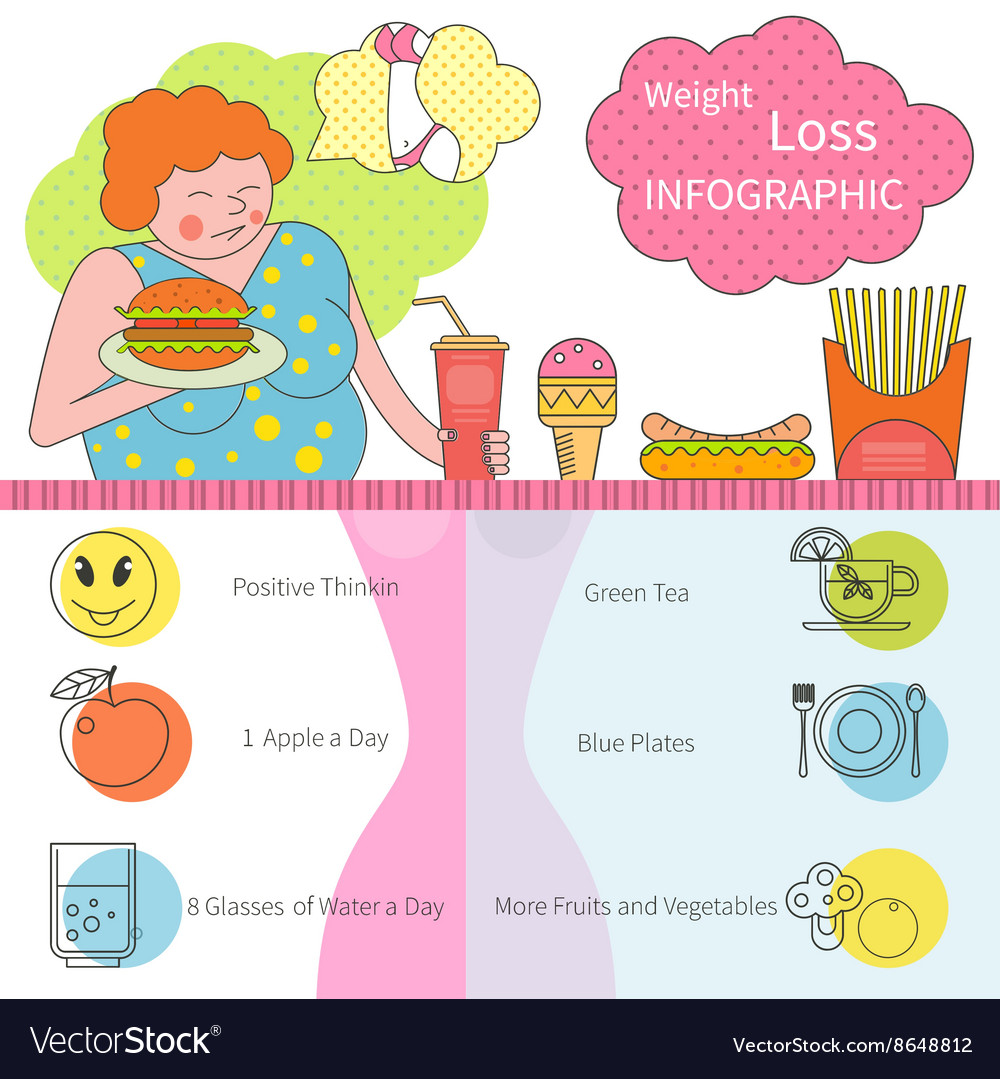Cold Laser Therapy Process For Smoking Cessation
Cold Laser Therapy Process For Smoking Cessation
Blog Article
What to Anticipate Throughout a Cold Laser Method Session
Cold laser treatment is a non-invasive, pain-free therapy that helps in reducing swelling and boosts cell regeneration. It is a risk-free choice to intrusive treatments and usually has prompt outcomes.
Laser photons initiate a chain reaction of chain reactions within the cell that decrease pain, swelling, and increase recovery. It boosts blood flow to the location by inducing vasodilation.
What to Anticipate
Cold laser therapy is a non-invasive treatment that makes use of low-level laser light to permeate deep right into injured tissues, causing cell function on several degrees to promote tissue healing. This helps reduce discomfort and swelling, while promoting muscle contractions and regrowth.
During a session, you'll rest or relax conveniently and the professional will mark the locations on your body that requirement to be dealt with. The expert after that uses a tiny handheld device with the laser to the area. Throughout the therapy, you may feel a small prickling or warmth in the area of your injury.
Prior to starting therapy, it is essential to clean up the location of your injury and eliminate any precious jewelry or various other objects that can get in the way of the laser's course. It's also vital to prevent any kind of combustible materials that could be in the area of the laser beam. This will guarantee your safety and security and the effectiveness of the treatment.
Prep work
Cold laser treatment functions by shining light externally of your skin. The light is soaked up by the top layer of your skin and then boosts the cells to produce power that advertises healing.
Throughout the treatment, you may really feel a warm or prickling feeling in the location that is being dealt with. This is entirely typical, though you must let the expert understand if the feeling is uncomfortable or also strong.
This treatment has a great deal of promise for aiding patients with stressful brain injury (TBI). The therapy is non-invasive and doesn't have any kind of unfavorable side effects. Nevertheless, more study is needed to determine the ideal therapy procedure. The most effective way to learn if you are a candidate for this type of treatment is to consult with an experienced physical therapist. They will certainly be able to assist you identify if cool laser therapy is right for you.
The Treatment
When the practitioner has properly positioned you for treatment, they will certainly after that place the cold laser device on the injured location. They might maintain it on for 30 secs or longer, depending quit smoking laser therapy on the size of the injury and its sensitivity. They will use protective goggles to guarantee that the laser does not directly strike the eyes, and they will certainly make certain that you are shielded from any kind of glow that can take place.
You may feel a small tingling sensation on the area that is being treated, but it will not be unpleasant or agonizing. This is a sign that the laser is working to promote the healing process in the impacted cells.
Most clients experience discomfort alleviation within a couple of sessions, with some seeing long lasting outcomes even after several months of therapies. It is important to note that LLLT is not implied as a sole treatment for any kind of persistent pain condition and it must be paired with other healing strategies in order to achieve maximum outcomes.
Post-Treatment
After you rest or rest, the expert will utilize a wand with a series of light-emitting diodes to target your discomfort website. You will certainly put on safety eye safety glasses, and the laser might be hung on your skin for 30 to one minute. You might really feel a mild, soothing sensation throughout the therapy.
The photons from the laser pass through deep right into your cells, activating a healing reaction on a cellular degree. Unlike various other kinds of laser therapy, this low-intensity method does not create heat.
Some studies have shown that cold laser therapy is effective in treating a number of conditions, including persistent pain and wounds. Nevertheless, it is much less commonly approved as a basic clinical method, and it isn't covered by many health insurance plans. Furthermore, it is not advised to be used over any type of dubious malignant lesions or cancers or on expectant ladies. You must always talk to your oncologist prior to pursuing this type of therapy.